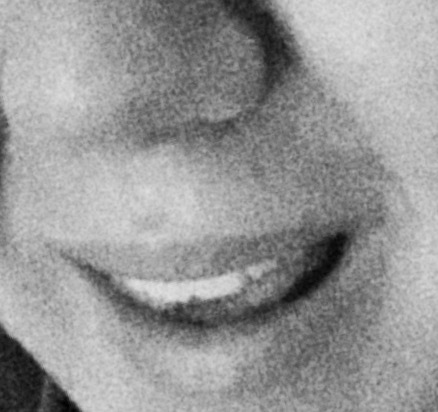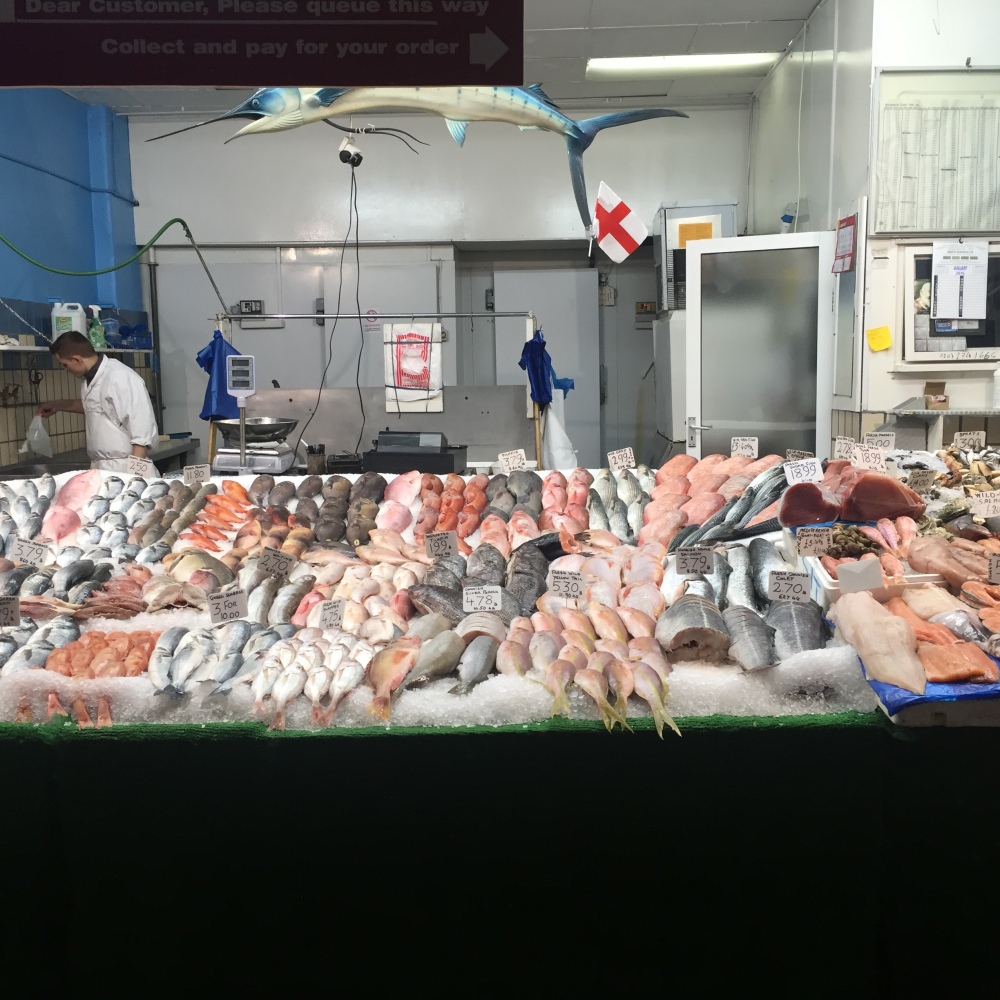Week 7 Photo Recreation: Daido Moriyama
Chosen Photograph: ‘Farewell Photography’; photo 1 of 6; 2006

- The Composition of the Image:This photograph has a grainy texture and feels as if pointillism is used to create the image. It is from a very close up point of view; the photographer is very intimate with the subject. The shapes are not well defined, but distinguishable. The lines are not clear, however the teeth are very bold. The image is in focus, however it is from very close up so there is much excluded. There is also no color because it is in black and white.
- The Use of Light:There is a light source that creates a shadow on the left side of the photograph. The light is used to manipulate the shadow so that there are contrasts between the shapes.
- What is the mood of the photograph?The mood of this photograph is happy, however its chosen to be in black and white. There is much joy in the smile seen. It is effortless and seems carefree. Something has made this person happy.
- What is the photograph of? [concrete subject]There is a smile, bright and straight teeth and a blurry nose. This photograph was taken from very close up so not much can be seen of the rest of the face. There is a lot that Moriyama chose to exclude from the photograph.
- What is the photograph about? [abstract subject]A person’s soul can be captured in their smile. The things that make one smile help define the person they are and how they choose to interact within the world. Moriyama excludes the rest of the occurrence that made this person smile because he wants to focus on the fact that the subject even has a reason to. There is immense beauty found in the soul of a genuine smile. This smile is not the biggest and could almost be posed, but there is sincerity to it. This photo is declaring that sometimes it doesn’t matter what made one smile, but that there is a reason to.
Photographic Recreation

The photograph I chose was actually very difficult to recreate. The grainy texture and brightness of the photograph actually did not lend itself to that difficulty. The angle, framing, and ability to capture the similar smile proved an arduous process. I do not have the same face structure as the woman pictured in his photograph and it was hard to capture the subject matter well.
Inspired Photograph

I chose to take a photograph of my eyes. I chose this location because for me, it is a deeper representation of someone than their smiles. A smile can lie, but the eyes cannot. The eyes are truest route to a person’s soul. However, I was having a great time playing around with the Black and White and grainy texture that Moriyama uses in his smile portrait. It is a washed out black and white, which I have not seen used much before. I wanted to keep that technique in my inspiration. I also thought that his use of this technique was brilliant against the skin, so I kept a location of the body. I do not know if i had changed locations, if it would still be as effective.









